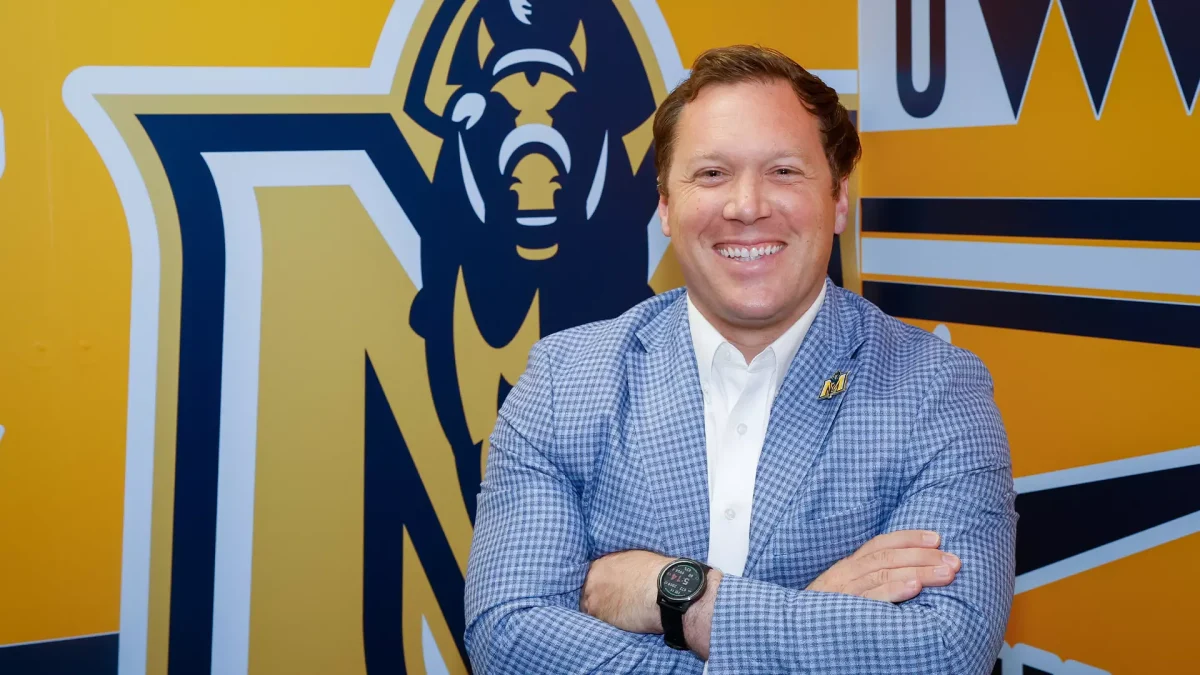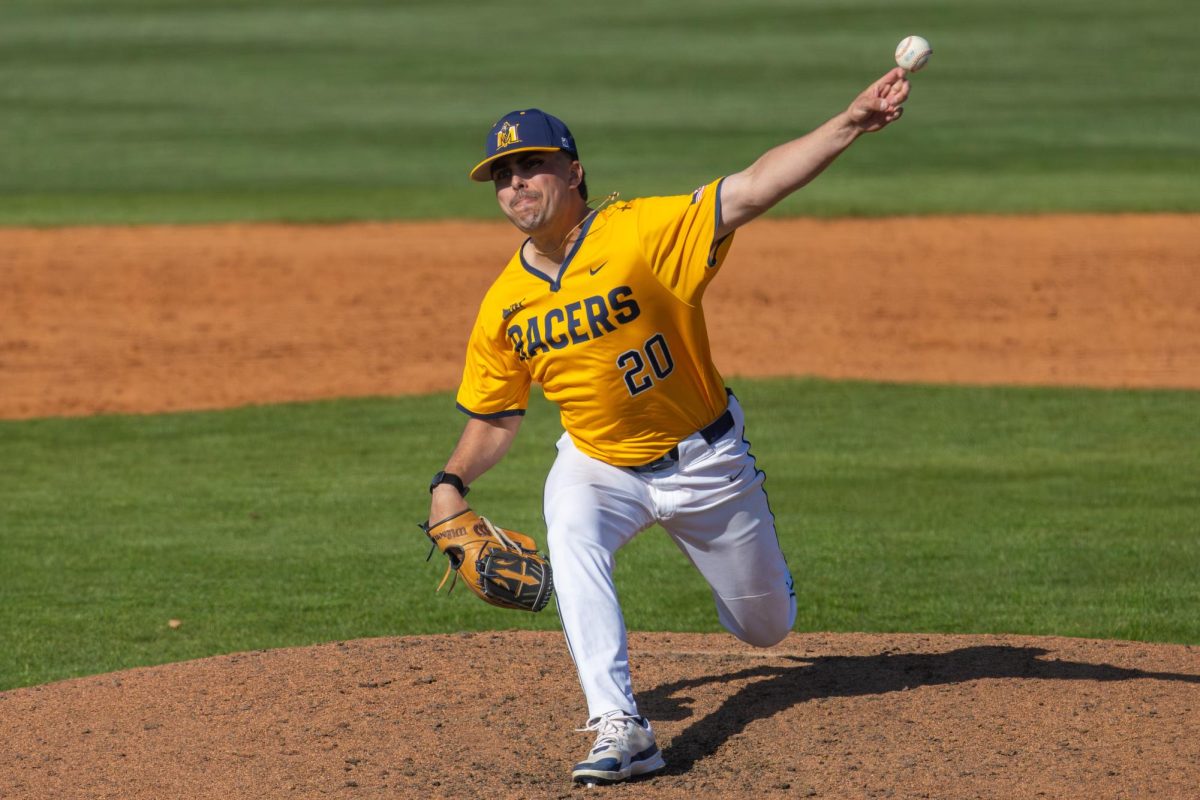In the typical world of American education, some students do not have to worry about extensive research and writing a thesis until they attend graduate school. However, Murray State has raised the bar for its students, offering them mini-grants to do research and write a thesis paper on a topic of their choice.
“Bringing Learning to Life” is a campaign promoting this research and experiential learning. It is part of Murray State’s Quality Enhancement Plan. Its goal is to improve the quality of education at Murray State.
Murray State participates in the National Survey of Student Engagement once every three years.
It asks students about their participation in community-based projects, participation with faculty members, participation in practicum, internships, field experiences, co-op experiences and clinical assignments, among other questions relating to work outside of the classroom. All of these categories ranked low in the most recent survey.
To improve the University’s student education and experiential learning, Adam Murray, dean of University Libraries, and Robert Pervine, interim associate provost for graduate education and research and professor of mathematics, created a committee to develop “Bringing Learning to Life” as part of the Quality Enhancement Plan.
The term “experiential learning” refers to students stepping outside of the classroom and working inside the field in which they want to eventually have a career. Music education major Ryan Knight came to Murray State on a scholarship to do four years of research about the correlation between reading music and language fluency.
“The experiential learning program is trying to get out into the field doing things and not just sitting in a classroom and talking about it,” Knight said. “My research is a culmination of about four years of data collection and research.”
Some students study abroad to further research and develop skills in their major and complete a research project.
Students are encouraged to go out into the field and experience hands-on learning through internships, or other opportunities presented.
According to the QEP, experiential learning encompasses the following objectives: “the implementation of learning experiences in which students apply principles learned in the classroom in a real-world setting; and professional development opportunities related to such relevant pedagogical areas as application, problem-solving, critical/creative thinking and information literacy.”
Students must apply for a mini-grant through an application process during their time at Murray State or apply to attend Murray State for the purpose of research.
Full-time faculty “who wish to create new or improve existing experiential learning opportunities” may also apply for a mini-grant, according to the QEP guidelines on Murray State’s website.
Research may include service learning, internships, study abroad or other co-curricular projects. Students who enroll in recreation and leisure services courses are participating in service learning. It combines education and service, allowing students to contribute to organizations such as Murray and Mayfield YMCA, Murray Public Schools, 4-H, FFA, Big Brothers & Big Sisters and more.
The University plans to give grants valuing from $500 to $1500 every year. In order to receive a grant and pass the committee evaluation of the student’s proposal, students or faculty must provide an application containing a description of the proposed experience-rich activity, how the proposed activity will benefit student learning, how the proposed activity and its results will be disseminated to the department, college, University and at the state or national level and a budget.
Murray State is not the only University to administer grants for undergraduate research. Many other universities such as University of Georgia, University of Delaware, Harvard University and University of California, Berkley offer mini-grant programs as well.
The methods of educating students are evolving at each university, according to the QEP plans and prospects for future developments in those plans.
Murray State has jumped on the bandwagon within the last several years with the QEP. “Bringing Learning to Life” suggests that education evolution is at its tipping point, not only at other universities but at Murray State as well.
Story by Madison Wepfer,?Staff writer



























































































